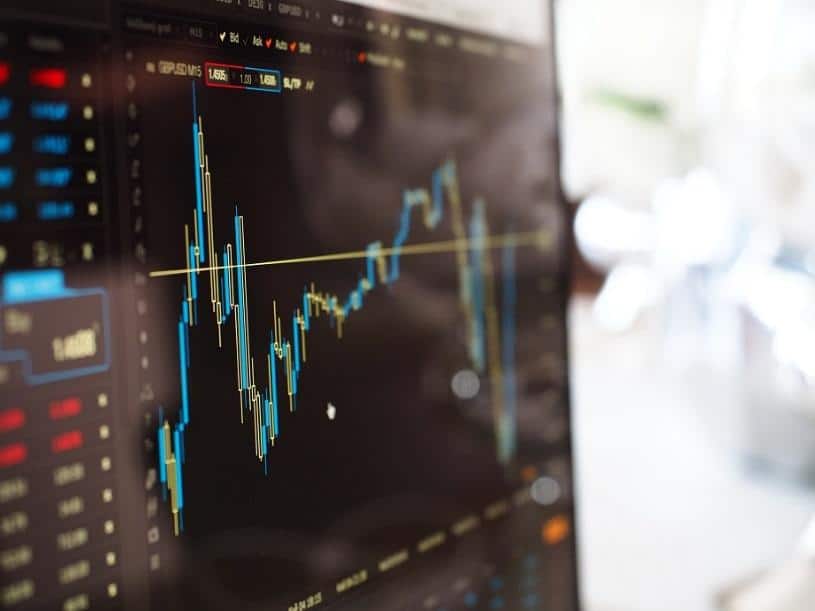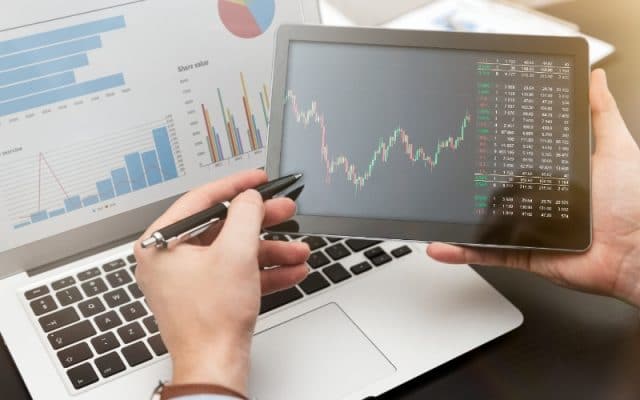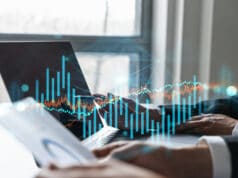Everything is often fine on the simulation account, but everything seems to be falling apart once we start live trading. Why does it happen? When there is real money on the line, the psychological side of trading starts playing a more significant role, severely distorting inexperienced traders’ judgment, leading to a lower quality of decisions.
We don’t want to realize that we’re in trouble in the middle of live trading. If you blow up your live account, you won’t end up at the “zero.” You’d end up at “minus” as you would’ve spent time and lost your confidence. So let’s find out how we can get efficiently prepared to start live trading successfully with the six tips below.
Trade a strategy that’s proven over 100 trades
You must have a statistically proven strategy that you tested in different market conditions. One hundred trades is an excellent statistical sample that gives objective evidence of what to expect from the strategy.
How do we gather one hundred trades? Let’s look at the three ways down below.
Trade on a simulation account in real-time

This way is the safest, as you don’t risk your money. You will also learn to adjust your lifestyle to the markets you trade, as various markets are active at different times. However, you won’t be able to train your psychology much as there is no potential discomfort associated with losing trades.
However, if you’re responsible for your trading education, you will take those losses seriously. But still, nothing is compared to the real pressure when you lose real money, especially if it’s yours!
Trade on a trading simulator
The demo account is excellent. However, it will take some time to gather one hundred trades. Imagine if you have a swing strategy or even a position strategy. It will take you many months or even years to collect the data of your trades!
That’s where the trading simulators come in handy. A trading simulator is software that enables you to “trade” using the price history data while being able to play forward the price action to speed up the simulation of your strategy — one of the best trading simulators available is the Forex Tester.
You can save a lot of time with trading simulators. You can also train yourself to execute the rules of your strategy faster as you “trade” more often. If your strategy is based on patterns or has some discretionary touch in it, make sure you’re physically fresh when simulating. As you make more trades, you’ll get exhausted, which leads to the lower quality of trades and the distortion of your statistical sample.
Don’t forget to include slippages and fees into your simulation results, as it can dramatically affect your trading, especially if you trade actively intraday.
Make sure you don’t know or at least don’t exactly remember what happened to the instrument that you’re using for the simulation. You don’t want any hindsight bias in your simulation results.
Trade on a small live account
If you trade a small live account, you can trade safely, as you won’t lose much when you take losses. A “small” account shouldn’t be too small either, so you would still manage it responsibly, employing a reasonable position sizing strategy. For example, 300$ would be a good practice account.
Use similar position size
You should use the same position size in the simulation account as you would in your live account. What often happens is new traders use, say, $100,000 in their simulation account. Let’s say an average winning trade in the simulation account is 1% of the balance, or $1,000.
Then, if traders start live trading with $10,000, the same kind of a winning trade would look ten times smaller in nominal terms, or 100$. While trading in the demo account, $1000 was a satisfactory profit. In contrast, $100 wouldn’t look so exciting anymore. Unsatisfied with the number, traders may distort their strategy by using oversized positions or unrealistic profit targets.
Simple trade management

When testing a new strategy, you want to include the least variables possible. In this way, you have the highest chance to transit the results from the simulated trading to the live one.
The main variables at this stage are trade management, the win rate, and risk management.
Focus on the “hard” protective stops and profit targets. It will enable you to get used to the strategy faster and make sure that its core principles have the edge. In other words, don’t use scaling in and out or trailing stops.
Focus on devising a strategy with a winning percentage of above 60%. It’s essential for new traders, as frequent winners will consistently maintain high confidence, compensating for the lack of experience.
Make sure you’re risking the fixed percentage and gaining a fixed percentage of your balance. It will give you a rough idea of what kind of drawdowns and profits to expect during live trading.
Black and white entry and exit rules
At this stage, use the straightforward rules of entry and exit. The simpler it is, the better. When you gain the screen time during the simulation, over time, you’ll start feeling awkward following the black and white rules in certain circumstances.
That could be the evidence of your intuition starting to work as you’ll begin to see the details that affect the profitability of the entries or exits that you never paid attention to before. However, I suggest not to rush with getting too flexible in employing your discretion.
You need to follow the rules to translate your results to the live account and trust your strategy. Simplicity is the best foundation to build up your experience on.
Track your practice trading with a journal
We talked about the journal a lot in the numerous articles previously. As you practice, write down your observations of the market, your actions, and your emotions. What made you feel a certain way? What makes you tick? Document it! Make sure you review your notes weekly so you get the most of your experience and learn faster.
In the long-term, this information will be invaluable. During the tough times in trading and especially drawdowns, the reviewing of your trading journal will help you to find the issues that cause you to stumble and help you to regain your confidence.
Morning and evening routine

Routines work well since our early childhood. The right habits will keep you healthy physically and mentally without taking too much of your willpower and focus.
To make the best trading decisions in the financial markets, you must be in your best mental state, and it’s only possible if you sleep well, eat well, stay physically fit, etc. If you need to use your attention to decide upon these things frequently, it will take a lot of your focus during the day. Routines make all the “maintenance” tasks automatic, enabling you to free up your mental energy for more critical tasks.




